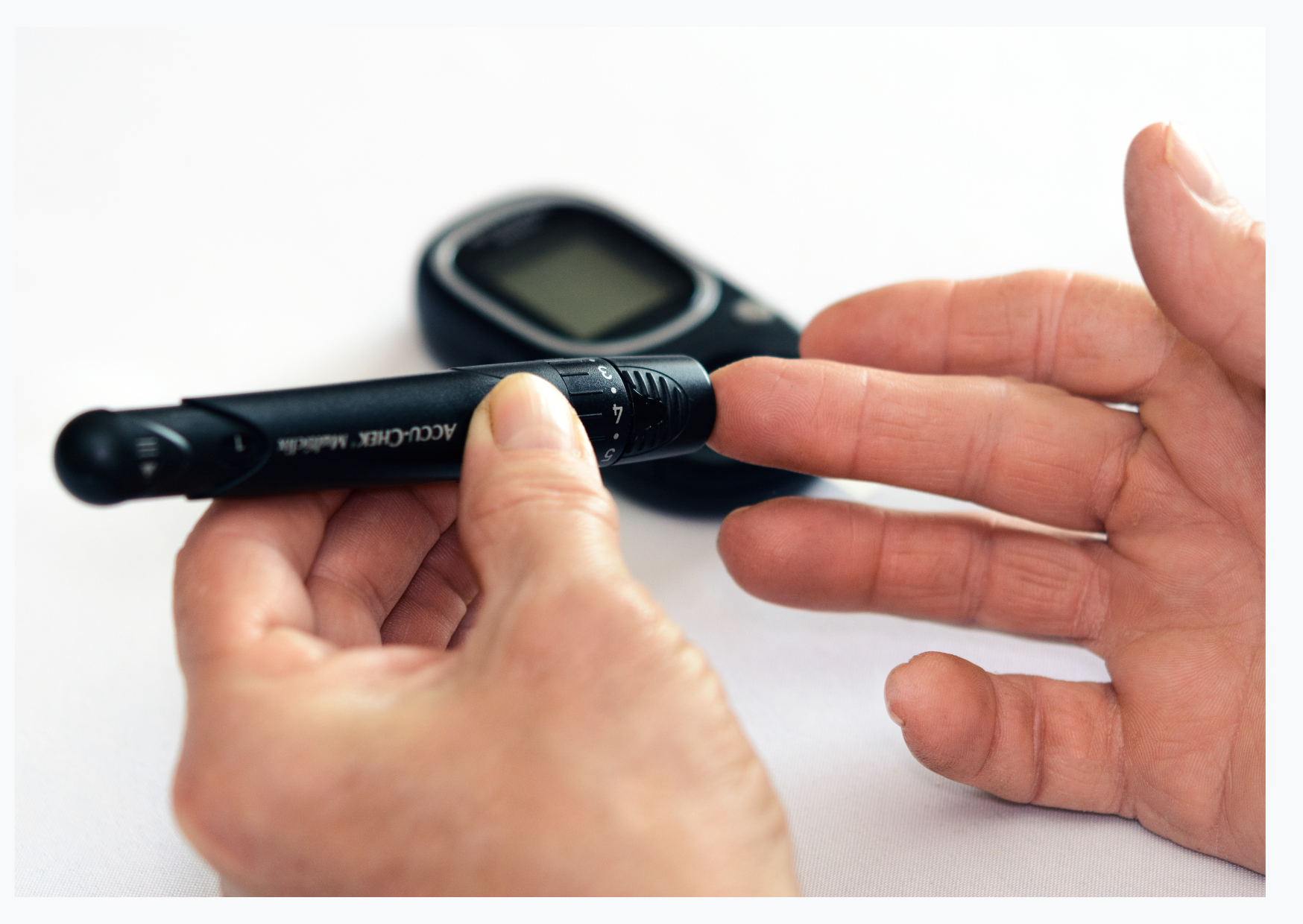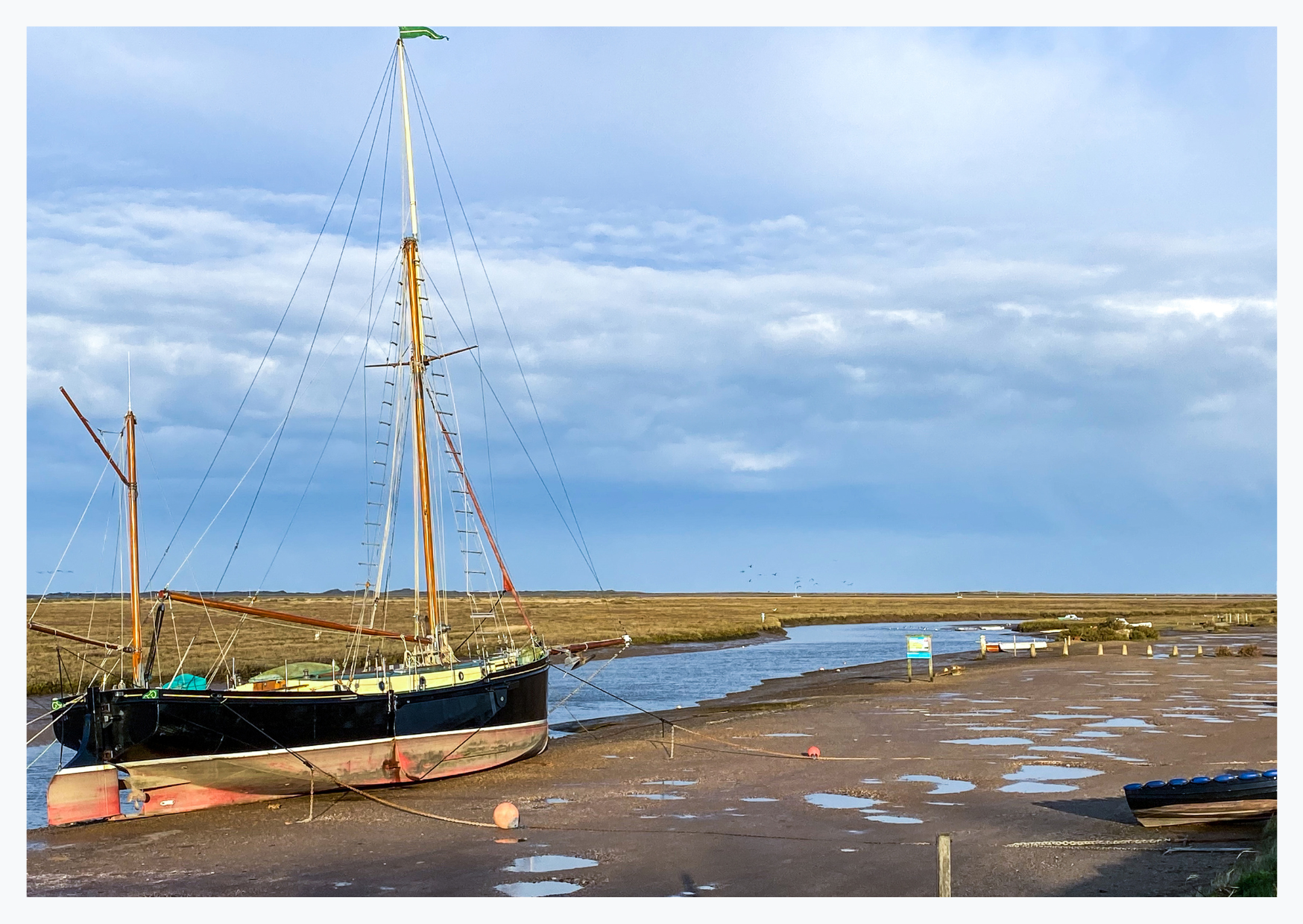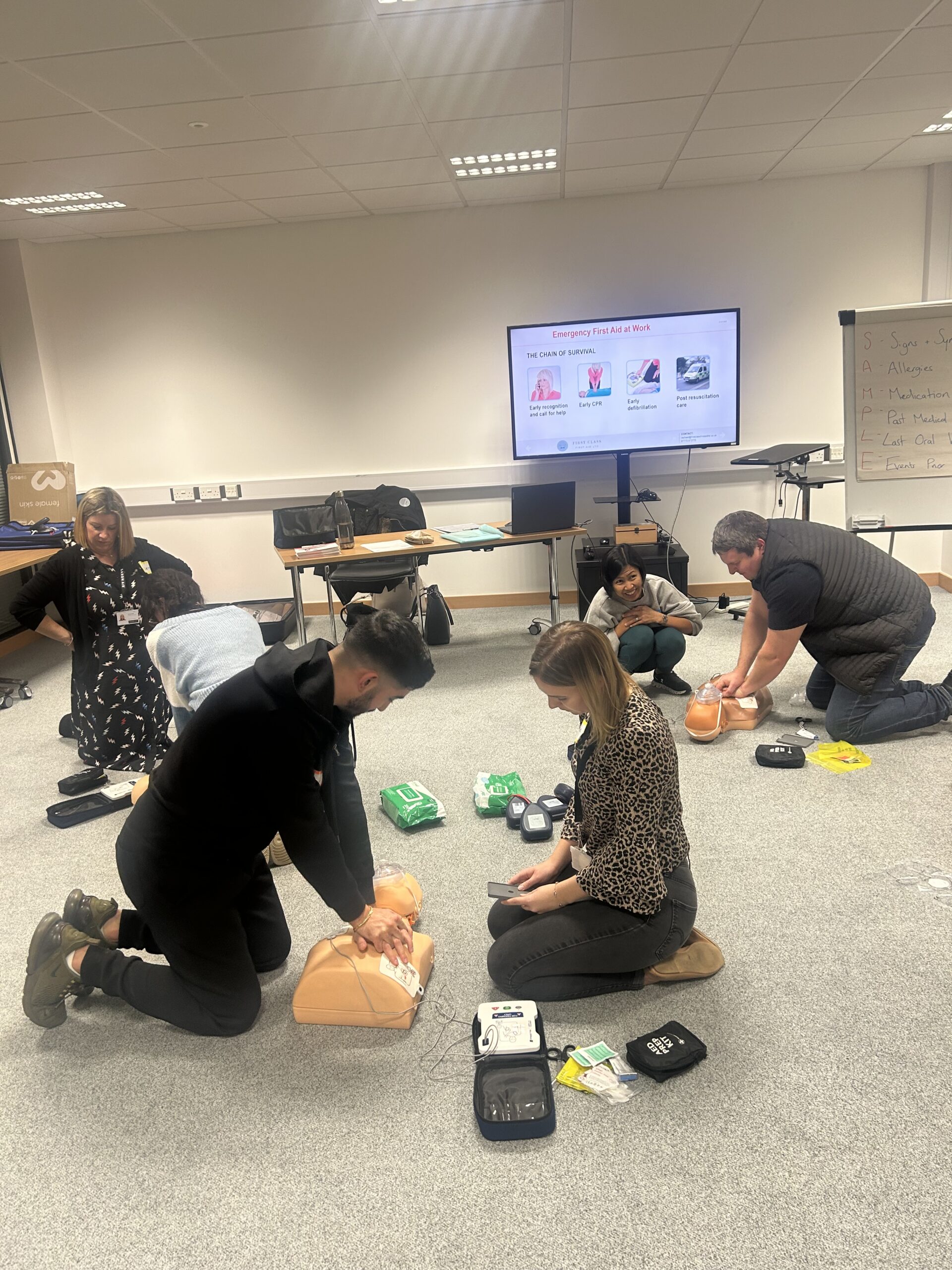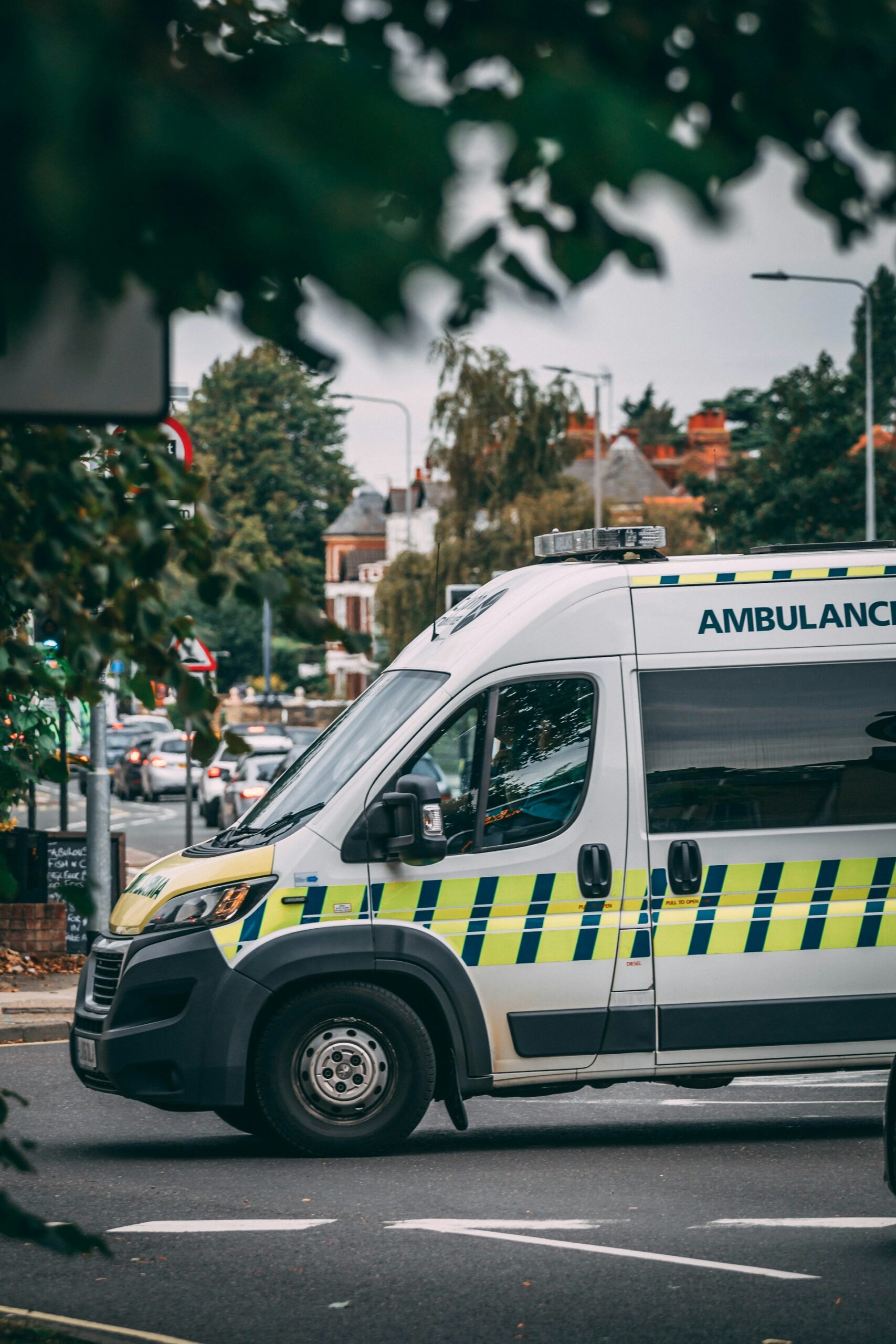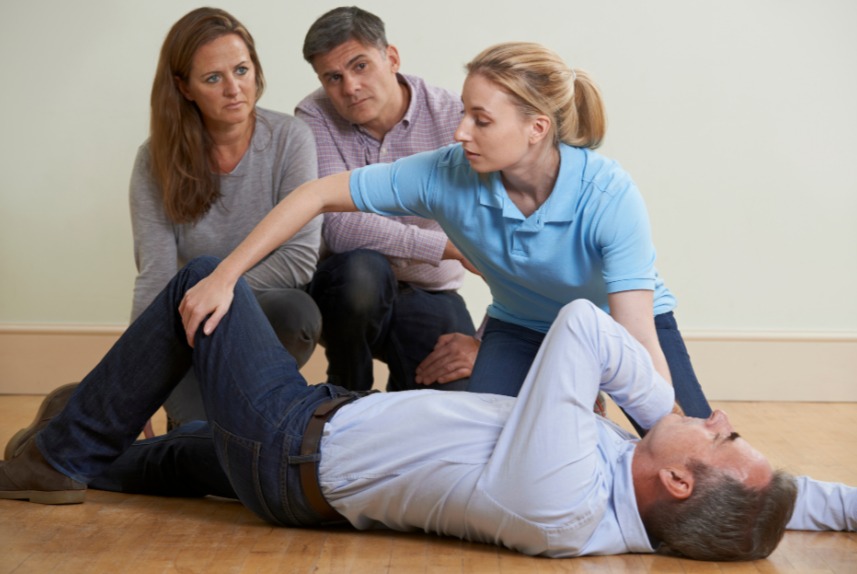When you work with children, whether babies, toddlers, or teens, having first aid knowledge is more than just a useful skill. It’s a vital part of creating a safe and supportive environment.
Children are naturally curious as they explore the world around them. Unfortunately, this often puts them at greater risk of accidents or medical emergencies. As the responsible adult, whether you’re a teacher, childminder, or club leader, it’s essential to be able to respond quickly, calmly and effectively when something goes wrong. The confidence to do this comes from preparation and training, this is where first aid courses come in.
The unique risks of working with children
Children are more vulnerable than adults to specific medical issues, such as head injuries, choking, allergic reactions and falls. These can happen anywhere, at nurseries, schools, clubs, or even at home.
In some cases, children may not have the ability to express what’s wrong, especially in high-stress situations. A child who is choking or suffering an allergic reaction might struggle to communicate what they’re experiencing. That’s why having the knowledge to spot physical signs, such as changes in colour, breathing, or behaviour, is just as important as knowing how to respond.
It’s also important to understand that the techniques used in paediatric first aid can differ significantly from adult first aid. Knowing how to adjust your approach depending on the child’s age or condition could save a life.
Common first aid situations involving children
While a wide range of incidents can occur, here are some of the most common scenarios where paediatric first aid knowledge is essential:
Choking
Signs of choking in children include difficulty breathing, inability to speak, wheezing or a complete inability to cough effectively, turning blue or grey, clutching at the throat, and in severe cases, losing consciousness.
If the child can still cough, speak, or breathe, they may be able to clear the airway themselves. However, if they are struggling to make any noise or breathe, you must act quickly. Call emergency services and begin first aid techniques, starting with back blows. If necessary, proceed to abdominal thrusts, though these are not suitable for babies under one year old.
For more details on what to do if someone is choking for adults and children, refer to this guide.
Cuts and grazes
Minor cuts and grazes are part of everyday childhood adventures. To treat these:
- Stop any bleeding by applying gentle pressure with a clean cloth.
- Clean the wound with water and a mild soap, or sterile wipes.
- Cover it with a plaster or dressing to prevent infection.
Monitor the wound for signs of infection such as swelling, pus, or discolouration. For deeper wounds or if a foreign object is embedded, seek medical help. Do not attempt to remove large objects like glass yourself.
Head injuries
Bumps to the head are common in children, but they should always be monitored. If a bump occurs, apply a cold compress for at least 10 minutes to reduce swelling. Watch for signs of concussion, including dizziness, nausea, persistent headache, confusion, blurred vision, or difficulty staying awake.
In babies and toddlers, warning signs may include constant crying, changes in feeding or sleep habits, or a lack of interest in toys and people. If you’re unsure, trust your instincts and seek medical advice.
Burns and scalds
If a child suffers a burn:
- Remove them from the source of heat immediately.
- Cool the burn with cool running water for at least 20 minutes.
- Once cooled, loosely cover it with cling film to protect the skin.
If clothing is stuck to the burn, leave it in place and cool through it. Seek urgent medical attention if the burn:
- Is larger than a £2 coin.
- Affects the face, hands, or feet.
- Appears charred or blistered.
- Was caused by fire, chemicals, or electricity.
- Causes signs of shock (pale skin, rapid breathing, confusion).
- Has material stuck to the burn.
Asthma attacks
If a child is having an asthma attack:
- Help them sit upright and lean forward slightly.
- Encourage slow, steady breathing and provide reassurance.
- Use their prescribed inhaler (often blue).
If symptoms do not improve or worsen, call emergency services. Be prepared that if the child becomes unresponsive before the emergency services arrive, you may need to administer CPR.
Anaphylaxis and allergic reactions
In cases of suspected anaphylaxis:
- Call emergency services immediately.
- If the child has an auto-injector (Epi-Pen or Jext), administer it following the instructions.
- Lay the child down with their legs raised to aid circulation (unless they are struggling to breathe, in which case, help them sit upright).
Always wait for paramedics to arrive, even if symptoms appear to improve, as thorough checks should be carried out.
The benefits of paediatric first aid knowledge
Prompt, knowledgeable intervention in a medical emergency can save a child’s life or prevent a minor issue from becoming serious. Paediatric first aid training not only equips you with life-saving skills but also teaches you to remain calm and think clearly in high-pressure situations. This can help prevent panic and maintain a safe environment for everyone involved.
It also builds confidence and trust. Parents and carers feel reassured knowing their child is in safe hands, which makes your role easier and helps to create a strong partnership between carers and educators.
Legal requirements for first aid in childcare settings
In the UK, the Early Years Foundation Stage (EYFS) framework sets out the legal requirements for paediatric first aid in childcare. It states that:
- At least one person with a valid paediatric first aid certificate must be present at all times in settings where children under 5 are cared for.
- This includes nurseries, reception classes, and childminding settings.
- Certificates are valid for three years, but refresher training is strongly recommended annually.
Ofsted inspections take these requirements into account, and the Health and Safety Executive (HSE) expects providers to ensure that staff have the correct training. At First Class First Aid, my paediatric first aid courses meet the requirements of both EYFS and Ofsted. These are hands-on, 12-hour (2-day) sessions covering CPR, AED use, spinal injuries, allergic reactions, and more. We can also blend the course with e-learning to reduce classroom time. A combination of online theory and practical hands-on learning is a popular choice for childcare professionals.
Choosing the right first aid course
It is important to choose the right first aid instructor for your requirements. When selecting a paediatric first aid course, look for an accredited instructor and certifications, interactive, practical learning opportunities and flexibility around your schedule and location.
At First Class First Aid I can travel to your school, nursery, or club anywhere in Norfolk.
If you work with children or are planning to, it’s essential to be equipped with the knowledge and confidence to handle medical emergencies. Every child is different, and your role as their caregiver or educator carries great responsibility.
By completing a paediatric first aid course, you’re not just learning practical skills, you’re giving yourself the tools to protect and support the children in your care every day. If you’d like to book a first aid course for working with children, please get in touch via the form on my website or call 01603 336329. If I’m in a session, please do leave a message and I’ll get back to you as soon as I can.

